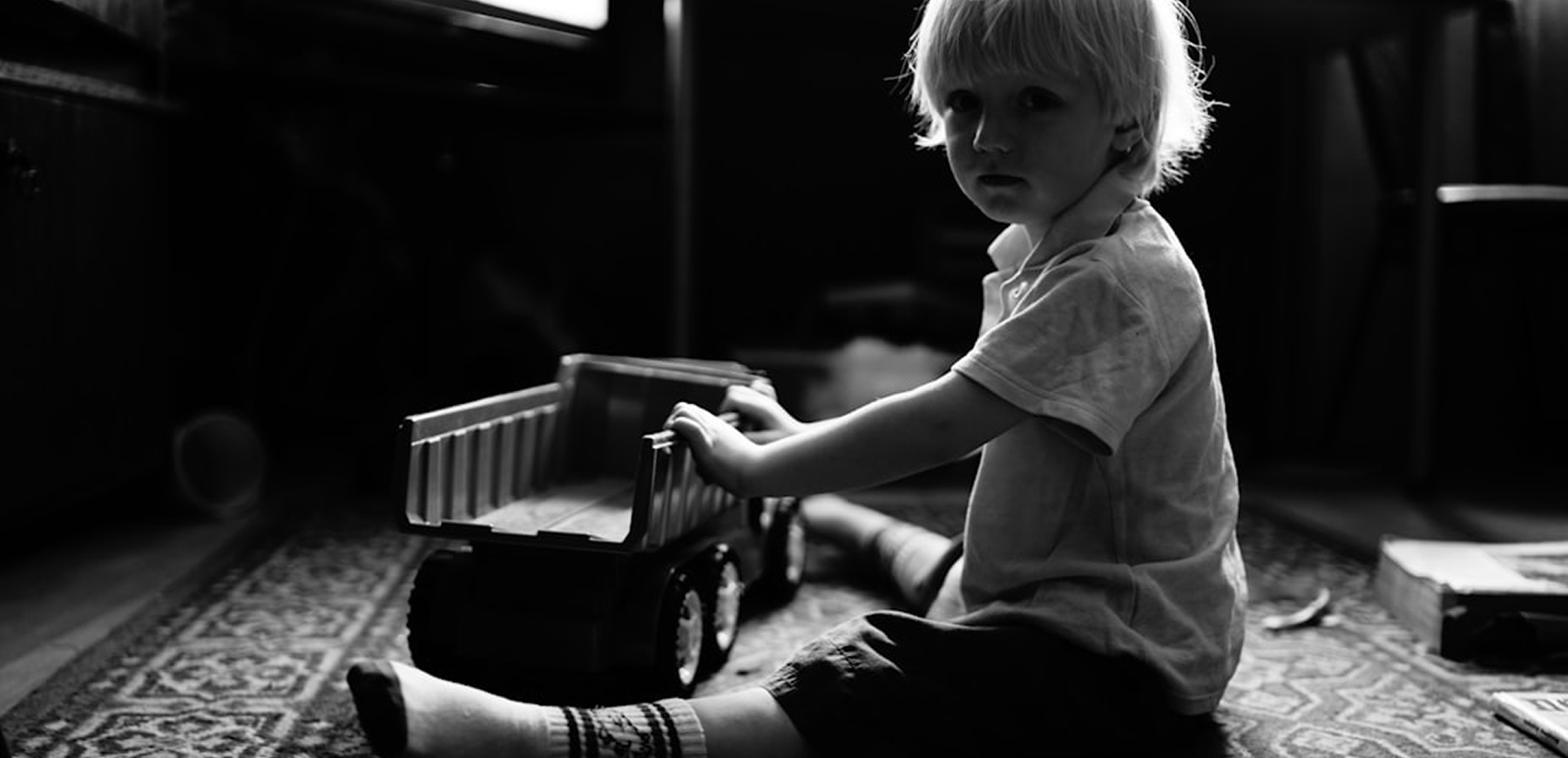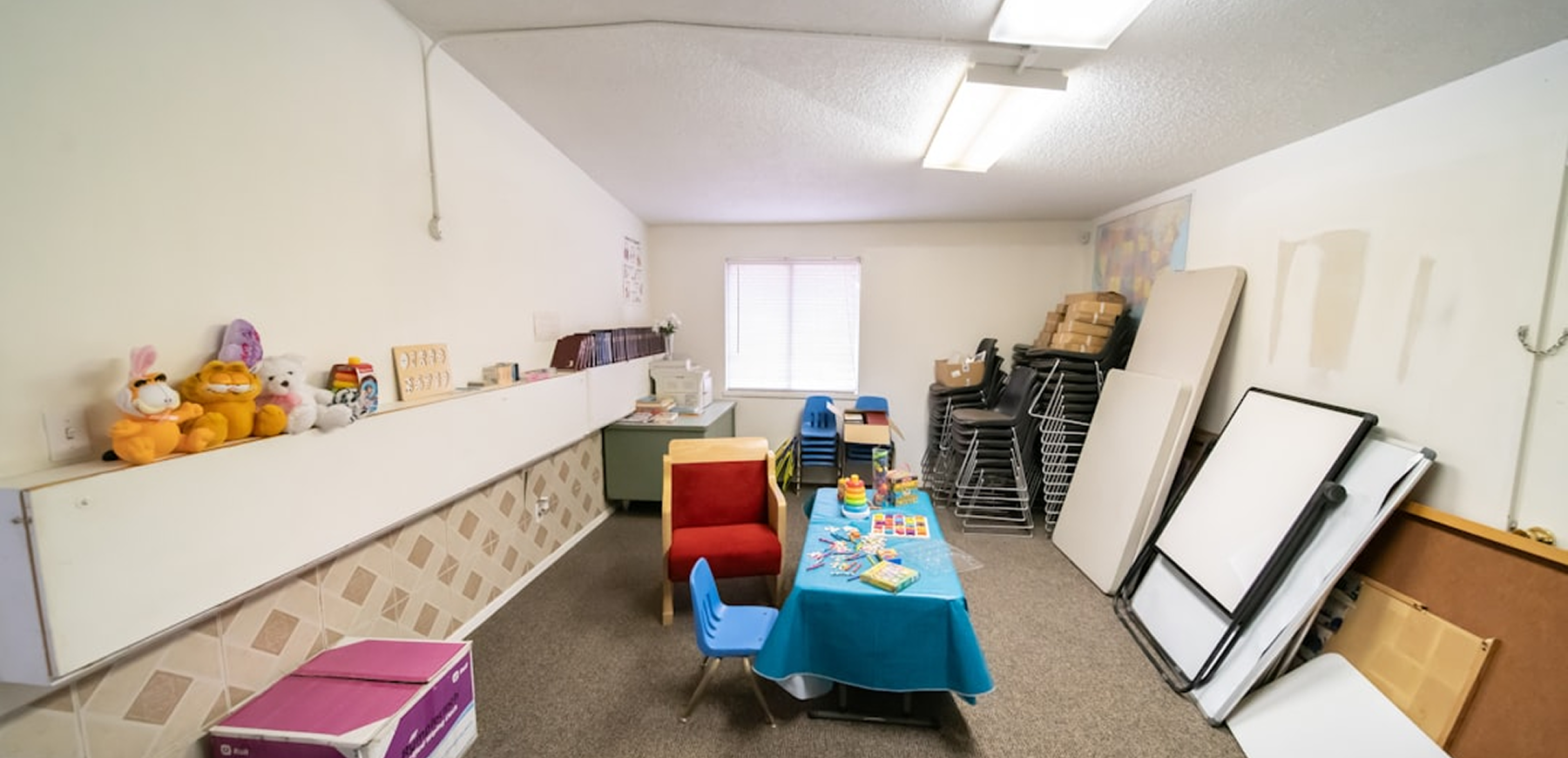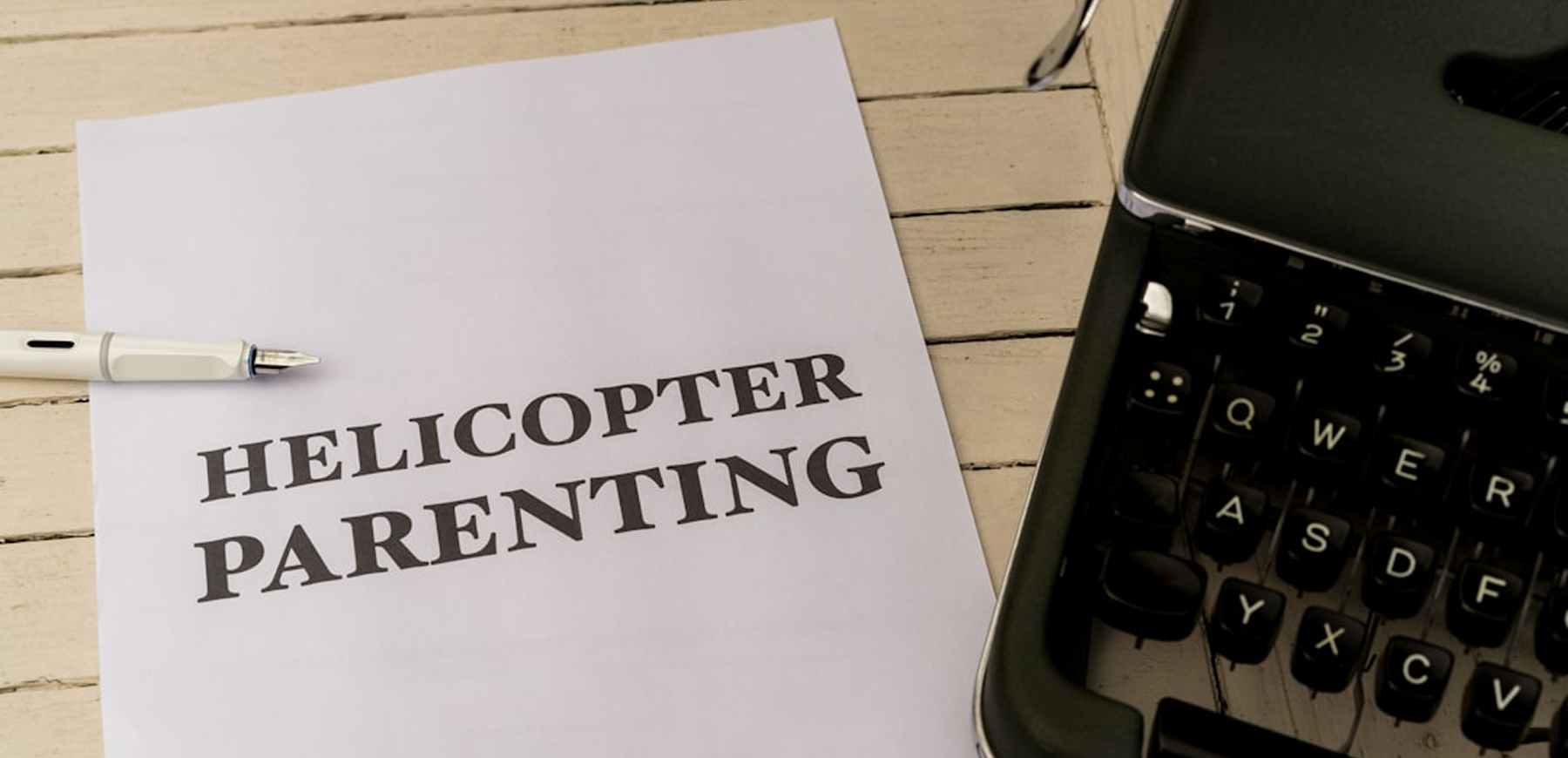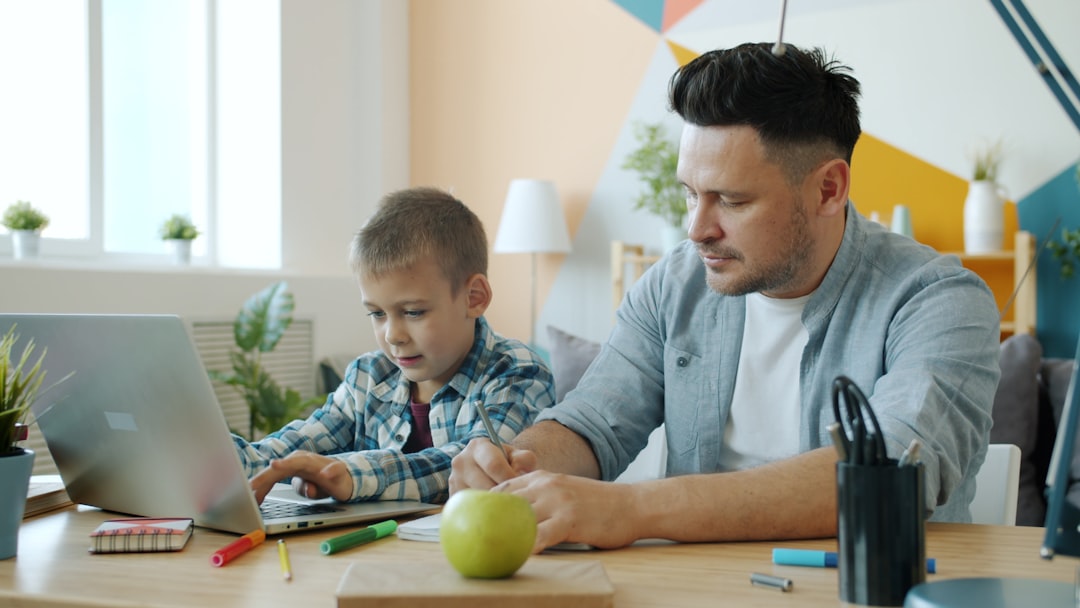
If you're a parent or caregiver, wading through the world of autism support can feel like navigating a complex medical dictionary. You constantly hear the term Applied Behavior Analysis (ABA). It's the clinical, evidence-based treatment standard endorsed numerous medical organizations in the U.S. But when you look at that official name, it can feel overwhelming—intense, clinical, and perhaps a little cold.
When parents first hear about the structure of therapy, they often worry. They picture a sterile room, rigid demands, and a child being forced into compliance. But the wonderful reality of a high-quality, modern ABA program is nearly the opposite. It's warm, highly engaging, and most of the time, when you ask what ABA therapy looks like, the answer is simply structured, purposeful play.
Our purpose here is to remove the guesswork and the anxiety surrounding the acronym. We want you to see exactly who's involved, where the therapy happens, and what the actual, day-to-day interactions feel like. You'll understand not only how ABA works technically but also what a truly fun, positive, and productive day of therapy feels like for your child.
The People Behind the Plan-- Your Dedicated ABA Team
The foundation of successful ABA is not a singular person, but a highly coordinated team effort. Think of it like assembling an academic support system for your child's success-- you have the strategist designing the curriculum and the dedicated instructor carrying it out.

The BCBA-- The Head Coach and Strategist
The BCBA (Board Certified Behavior Analyst) is the clinical lead—the architect and master programmer of the entire treatment plan.
What they do-- The BCBA's job starts with a deep dive. They conduct the initial, comprehensive assessment, observing your child's unique behaviors, communication style, and favorite activities. They interview you extensively to understand your family's priorities and functional challenges. They use data—not guesswork—to figure out what works best for your child specifically. They then write the detailed, personalized treatment plan, set measurable goals (like asking for a toy or staying seated during dinner), and design the specific strategies to achieve them.
During the Session-- The BCBA's role is supervisory. They observe the RBT and your child, usually weekly or bi-weekly, to monitor progress, collect supervisory data, and coach both the RBT and the parents. They are the essential decision-makers who make changes to the curriculum when a strategy is not leading to progress.
The RBT-- The Day-to-Day Play Partner
The RBT (Registered Behavior Technician) is the primary therapist—the person who spends the most time directly interacting with your child. They are the highly trained therapist who brings the BCBA's treatment plan to vibrant life.
What they do-- RBTs must undergo rigorous training and commit to ongoing supervision the BCBA. They implement the instructional strategies, focusing on delivering clear instructions, providing massive positive reinforcement, and skillfully collecting data on every interaction.
During the Session-- The RBT is responsible for maintaining high levels of engagement, fun, and energy. They are tasked with becoming your child's favorite playmate, seamlessly mixing learning opportunities with preferred activities. Their job is to create a dynamic, motivating environment where your child wants to follow their lead and genuinely wants to learn.
The Setting-- Where Learning Comes to Life
ABA is not a therapy that's confined to a single room. To ensure that your child can use their new skills everywhere, a core concept called generalization requires sessions to occur where they naturally live, play, and learn.

A. In-Home Therapy (The Real-World Classroom)
In-home therapy is often the central piece of a treatment plan. It's where the most authentic skills are taught.
Description-- The RBT comes to your home, and therapy occurs in your actual, everyday environment-- the kitchen, the living room, the backyard, or your child's bedroom.
Benefit-- This setting is incredibly powerful because it allows the RBT to target real-world, functional skills exactly where they are needed. For example, if the goal is to reduce rigidity around trying new foods, the session takes place in the kitchen at the dinner table. This immediate relevance is crucial for long-term mastery.
B. Clinic-Based Therapy (The Focused Environment)
Some children benefit greatly from starting their journey in a clinic environment or for specific social skills training.
Description-- Sessions take place at a dedicated ABA center, often structured to resemble a small, supportive school or daycare setting with different rooms and dedicated sensory spaces.
Benefit-- This is ideal for intensive group social skills training, teaching classroom readiness behaviors (like sitting at a desk or following group directions), or managing significant challenging behaviors in a controlled setting where safety is prioritized.
C. Community-Based Therapy (Bridging the Gap)
This is an essential component that ensures skills transfer outside the home.
Description-- The RBT and your child practice skills in real-world settings-- the grocery store, the local park, a doctor's office, or the library.
Benefit-- This is crucial for teaching functional, public safety skills (e.g., waiting in line patiently, holding a parent's hand in a busy parking lot, safely crossing a street). It ensures the skills your child learned at home can be maintained amidst noise, crowds, and new distractions.
The Walk-Through-- What Actually Happens in the Session?
Let's look inside a typical 2-3 hour session. From the outside, the answer to what does ABA therapy look like is a happy, engaged child, but underneath that fun is a consistent, powerful method.

1. The Crucial Start-- Pairing and Building Trust
The first 15–20 minutes of every single session are arguably the most important. This is the pairing phase.
The Goal-- The RBT's job is to ensure they become the ultimate source of all good things in the room. They don't start with demands; they simply join the child in their preferred activities, providing massive, enthusiastic reinforcement.
The Look-- It might look like the child and therapist building a massive tower together, with the RBT offering delighted praise for every successful block placement, or giggling uncontrollably during a game of chase. The RBT is building their "reinforcement bank account" with the child. This trust and motivation is the engine of the entire process.
2. Learning Through Play (Natural Environment Teaching - NET)
This type of teaching accounts for the majority of modern ABA therapy. It's what most parents picture when they see an ABA therapy session example that seems natural and easy.
The Look-- It genuinely looks like the therapist and child are playing freely—building a fort, singing songs, or playing with action figures. The atmosphere is relaxed, child-led, and joyful.
The ABA-- The RBT strategically embeds learning trials into the play. If they're playing with trains, the RBT might prompt, "Give me the blue train," or "Ask for more tracks!" The instruction comes naturally from the flow of the game and the child's current interest, maximizing motivation.
3. Structured Learning (Discrete Trial Teaching - DTT)
When used appropriately, sparingly, and with high enthusiasm, DTT is an incredibly effective tool for teaching foundational, rote skills that have no natural environmental prompt (like matching letters, identifying numbers, or recognizing facial emotions).
The Look-- Brief, structured, rapid-fire instruction often delivered at a table or dedicated space for short blocks of time (5–10 minutes maximum). The sessions are always fun, high-energy, and end quickly before the child loses focus.
The ABA-- The trial is quick and clear-- The RBT gives an instruction, the child responds, and the RBT delivers an immediate, enthusiastic reward and marks the data sheet instantly. DTT builds those fundamental skills that later enable the child to succeed in more fluid environments.
4. Navigating Challenging Behaviors-- The Plan in Action
One of the most essential aspects of what ABA does is address behaviors that are harmful or significantly disruptive. The RBT is never guessing how to handle these moments; they are strictly following a meticulously crafted road map.
The Behavior Intervention Plan (BIP)-- The BCBA performs a Functional Behavior Assessment (FBA) to determine the why (the function) of the challenging behavior. The BIP is the written plan detailing exactly how to respond based on that function.
The RBT's Response-- If a challenging behavior occurs, the RBT implements the BIP, which focuses on two key things-- Preventing Reinforcement (calmly withholding the function of the behavior) and Teaching the Replacement Skill (immediately prompting and reinforcing the appropriate, functional communication skill).
Beyond the Session-- Addressing Parent Concerns for Long-Term Success
To make this a comprehensive, ultimate guide, we have to look past the hourly interactions and address the bigger questions that keep parents up at night.

1. How Does the Therapist Ensure the Skills Stick (Generalization)?
The fear of skills not "sticking" is real, and ABA actively builds generalization into the treatment plan--
Varying the Environment-- The therapist works in the home, the community, and the clinic.
Varying the People-- The RBT schedule often rotates every few months so the child learns the skill must be performed for anyone (mom, dad, teacher, peer), not just one favorite therapist.
Varying the Materials and Prompts-- The RBT uses many different toys, prompts, and materials to teach a single concept. This flexible approach ensures the skill is a true functional ability.
2. How Much Parent Involvement is Required?
The honest answer is-- a significant amount. The best ABA programs recognize that parents are the child's most important, lifelong teachers. Parent Training is a mandatory, continuous component of therapy that is vital for long-term success.
Your Role-- You meet regularly with the BCBA and RBTs to learn the exact language, prompts, and positive reinforcement techniques being used. You practice these techniques with your child while the therapist coaches you. This ensures absolute consistency between the therapy session and your family life.
The Win-- When you, the parent, become the "ABA expert" in your own home, you gain confidence and control. This knowledge reduces parental stress, empowers you, and fundamentally strengthens the parent-child bond.
3. How Do We Know This Fun Approach is Actually Working?
This is the beauty of the "Analysis" part of ABA. Every single interaction is data-driven, which provides a high degree of accountability to insurance providers and to the family.
Data, Data, Data-- The RBT isn't just playing; they are recording whether the child touched "red" correctly, how long it took them to transition, and how many times they used their words to ask for something.
Visualizing Progress-- The BCBA takes this raw data and creates clear, simple charts and graphs that you review regularly. You can see, clearly and undeniably, the line moving up as skills are mastered and the line moving down as challenging behaviors diminish. This transparency offers incredible reassurance and proof of the effectiveness of the treatment plan.
Embracing the Process
When a parent asks what ABA therapy looks like, the simplest, most honest answer is this-- It looks like a dedicated, positive adult partnering with your child to celebrate every single little win, turning challenge into accomplishment.
It looks like a structure without rigidity, learning embedded in play, and a systematic approach to teaching your child the functional skills they need to navigate their world confidently.
It's about fun, motivation, and positive, measurable change—all designed to help your child find their voice, increase their independence, and reach their full, unique potential. If you're ready to see this positive interaction in action, the next step is connecting with a compassionate BCBA to start the assessment process and build that roadmap for your family.






